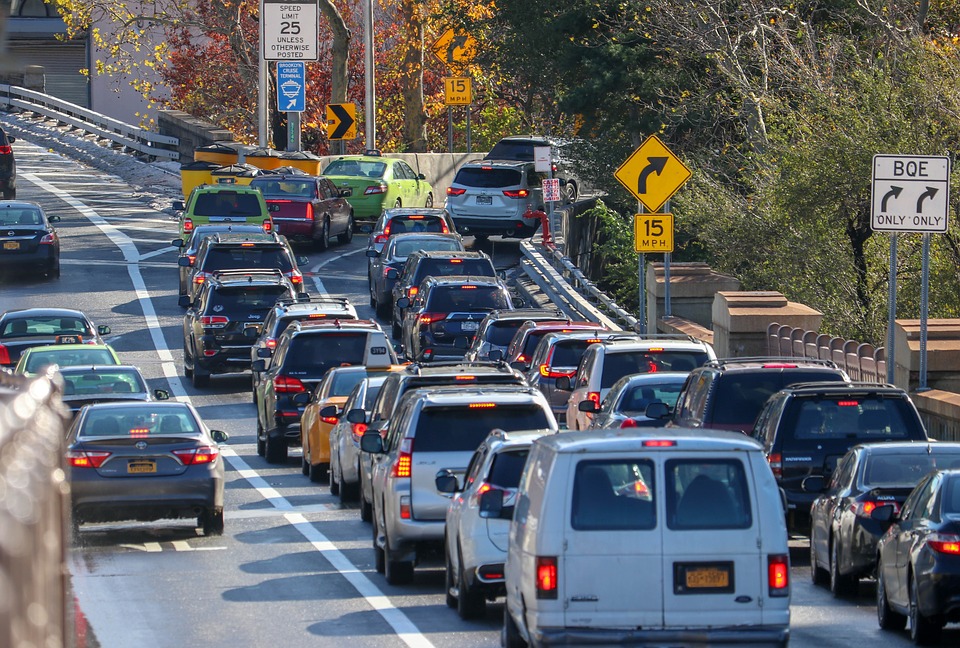This post is also available in:
 עברית (Hebrew)
עברית (Hebrew)
Today, vehicle-to-vehicle (V2V) and vehicle-to-everything (V2X) technologies, through which vehicles can communicate with their surroundings, are considered to be the future of safer roads and more efficient travel. Most important for these technologies is the role of smartphones through which cars can detect pedestrians or anticipate traffic change ahead. However, the transportation industry at large seems to not pay enough attention to the relevant technological developments out there, according to enterprise-mobility.com.
Right now, there are two options for achieving more widespread V2V/X communications: dedicated short-range communications (DSRC) or cellular technology, mainly 5G. The average driver may not realize this, but V2X technology is already in use today through DSRC. This and its European counterpart, ITS-G5, are based on the IEEE 802.11p wireless standard, an amended version of the specifications likely governing your office Wi-Fi. It is however a challenge for DSRC to match the wide-reaching communications capabilities that cellular can provide between cars and other networked devices – such as the smartphones in the pockets of drivers, cyclists and pedestrians.
DSRC technology is rooted in nearly 20-year-old standards and even though the work put forth by IEEE/ SAE to create security protocols, basic safety messages, cooperative awareness messages and event notifications specific to the automotive and intelligent transportation systems (ITS) communities has been great, V2V/X success needs even more capabilities than DSRC is able to provide. 5G-fueled cellular vehicle-to-everything (C-V2X) technology provides data rates up to 20 Gbps and ultra-reliable, low latency communications with only 1 ms delays, making it more suitable for the vast data transfer needs of a connected car.
The 802.11p standard was innovative at the time it was introduced, but cars now have numerous active sensors including cameras, radar and LiDAR and the list will only grow as we move up the SAE Level of Autonomy ladder. All of this will only force the V2X wireless sensor to deliver additional value, including longer range and greater reliability – something DSRC technology will have a challenge addressing.
Ultimately, work with vehicle communications is meant to promote greater roadway safety and expand the user experiences available to motorists across the globe. Getting to a point where vehicles can take early safety warnings and match them with incidents that are happening further along a roadway to avoid potential hazards and protect their passengers, or upload/download high volumes of 3D mapping and sensor data to further develop autonomous A.I., will save lives and make commuting more efficient, and this really can’t happen without cellular technology.


























